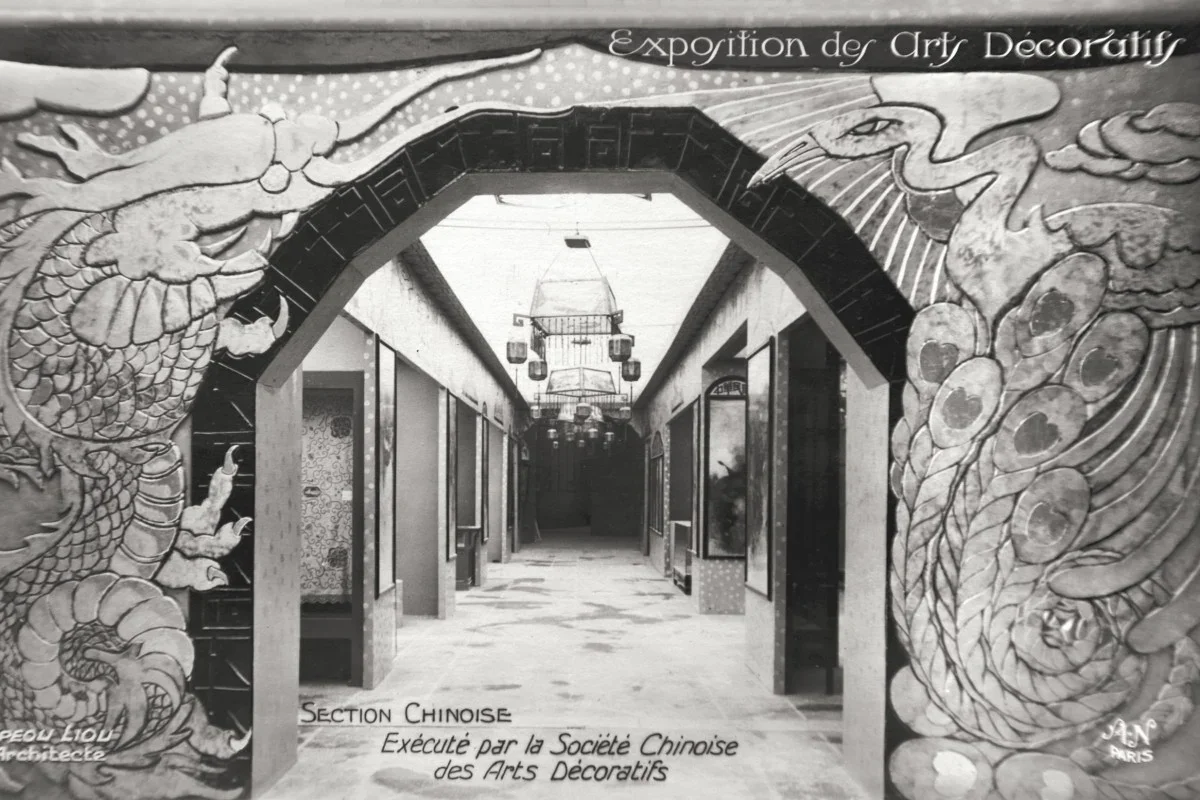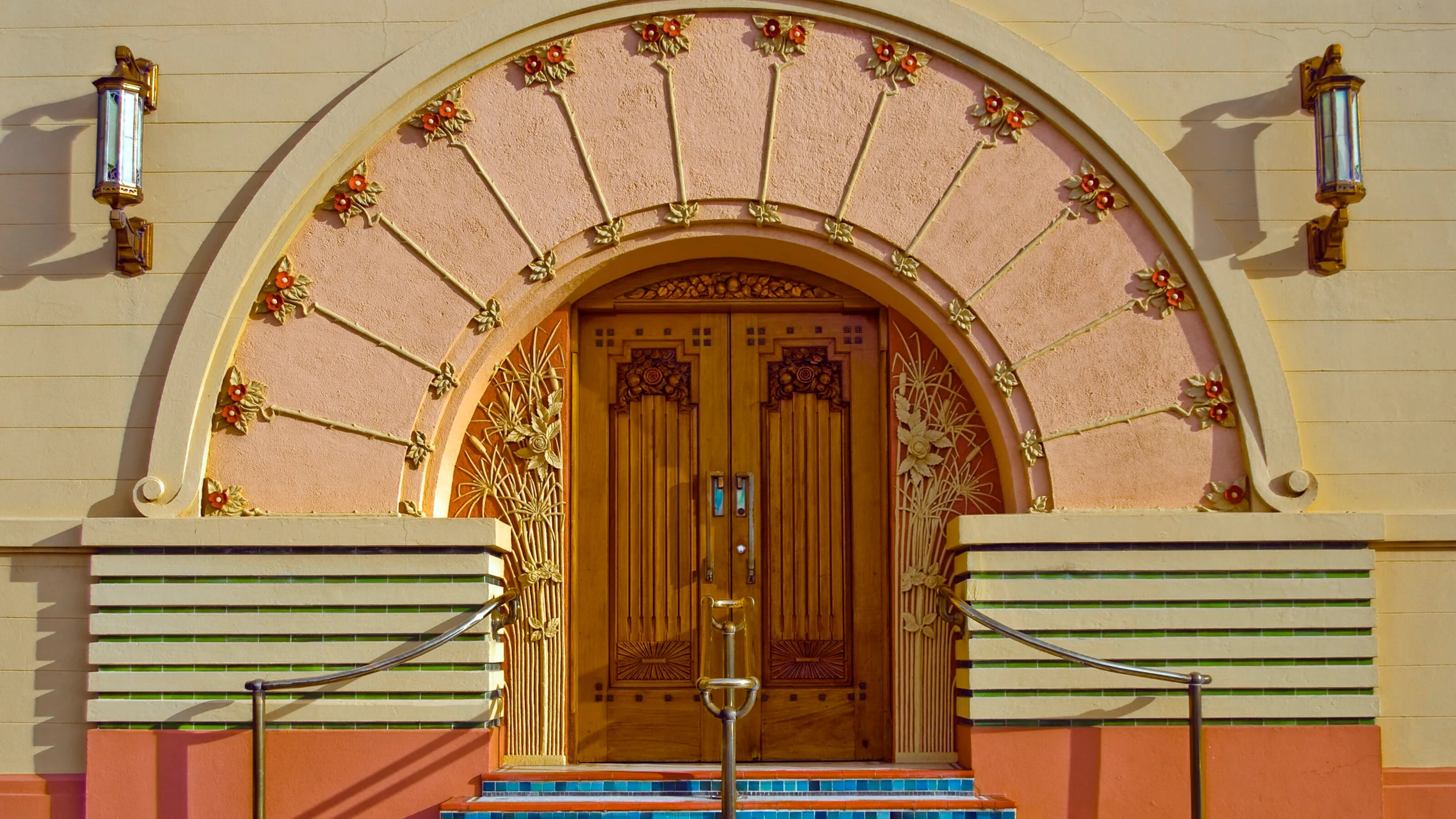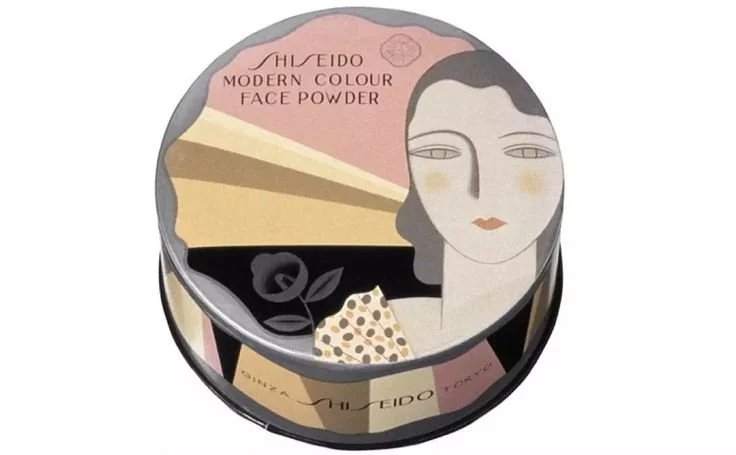ART DECO AROUND THE WORLD
One hundred years ago, Paris hosted the pivotal event that launched Art Deco as a global design style: the Exposition Internationale des Arts Décoratifs et Industriels Modernes. This year I’ve written about the 1925 Expo itself and two of its standout designers, Émile-Jacques Ruhlmann and Paul Poiret; it seems fitting to wrap up this celebration by looking at its impact and how Art Deco swept around the world. From New York to Napier, a ripple effect was created, with almost every nation adopting their own culturally unique twist on this timeless style.
Wooden wastepaper basket, Donald Deskey, USA, 1928. Image: High Museum of Art
Ironically, given that they declined to take part in the Paris Expo, the impact on the United States was arguably the most dramatic. The U.S. government sent a horde of delegates to scout the new Parisian trends and return with detailed reports, drawings and samples, which were quickly adopted. The most enduring impact was on the American skyline, particularly in New York City, where colossal skyscrapers were built in an Art Deco style. Towering structures like the Chrysler and Empire State Building took the stepped profiles and elaborate metalwork shown in 1925 and magnified them to an awe-inspiring, urban scale. Gilded sculptural friezes, such as those adorning Rockefeller Centre, depicted themes of victory and progress.
Although New York designers revered the French artistes-décorateurs, with the Great Depression looming, practicality and affordability took precedence over bespoke craftsmanship. Industrial designers like Walter Dorwin Teague and Donald Deskey began applying a curvilinear aesthetic to domestic lamps, radios and toasters, favouring Bakelite over brass. The result was a glossy adaptation known as ‘Streamline Moderne’, which, thanks to mass-production, made its way into ordinary American homes by the early 30s. In a full circle moment, New York hosted its own World’s Fair in 1939 – a glittering tribute to commerce, epitomised by Teague’s giant revolving cash register that proudly rang up the fair’s daily attendance figures.
Chrysler Building, NYC, built 1930. Image: Mario Tama/Getty Images
Ronson table lighter, 1925, USA. Image: V&A Museum
National Cash Register building at NY World’s Fair, designed by Walter Dorwin Teague, 1939
In Japan, Art Deco helped synthesise a rich history of tradition with forward-looking modernity. This Government Railways poster captures the momentum of industrial progress whilst retaining a nod to the cherry blossom trees of Japanese tradition. A beautiful (if rarefied) expression of Japanese Art Deco is the The Prince Asaka Residence (now the Tokyo Metropolitan Teien Art Museum). Prince Asaka and Princess Nobuko, a young couple of the Japanese imperial family, visited the Paris Expo over several months and upon returning to Tokyo commissioned esteemed French décorateur Henri Rapin to create a grand Art Deco palace to call their own, complete with decorative glasswork by René Lalique and oversized ceramic fountain, which the Princess filled with perfume (talk about decadence). Local architect Yokichi Gondo oversaw the project, achieving a delicate fusion of French and Japanese styles.
Japanese Government Railways poster, Munetsugu Satomi, 1937, Japan. Image: V&A Museum
Prince Asaka Residence, Tokyo, designed by Yokichi Gondo and Henri Rapin, 1933. Image: Tokyo Metropolitan Teien Art Museum
Chinese Section of Paris Expo, designed by Liu Jipiao, 1925
A key figure in Chinese Art Deco was painter and architect Liu Jipiao, who studied at Paris’ L’Ecole Nationale des Beaux Arts and designed the Chinese pavilion at the Paris Expo. The pavilion received almost no press coverage at the time, despite the fact that French Art Deco pilfered so many of its aesthetic cues from traditional Chinese art. It’s important to note that colonialism played a huge role in transmitting, or imposing, Modern styles to some Asian, African and South American countries that were still under partial or full European control in the 1920s and 30s. Liu and his peers are credited with bringing Modernist architecture back to Shanghai on their own terms, adapting it to include more authentic traditional Chinese motifs. Trendy Shanghai became the epicentre of Chinese Art Deco, with over 1000 buildings built in this style in the 1930s, reshaping the city’s visual identity.
An unexpected pocket of Art Deco architecture exists in the coastal town of Napier, New Zealand, which was entirely rebuilt in the en-vogue style after a devastating earthquake in 1931. For economic and environmental reasons, the buildings were limited to one or two storeys and painted in sugary pastel colours, giving the Deco district a cheery seaside feel often compared with Miami Beach in Florida. The relief stucco decoration fused Art Deco motifs of sunbursts and zigzags with Māori kōwhaiwhai (patterns), much of which is well maintained today.
National Tobacco Co. Ltd building, Napier, New Zealand, built 1933
Shiseido face powder, designed by Yamana Ayao, Japan, 1932. Image: MIT
Whilst many countries committed to Art Deco architectural styles, others adopted the aesthetic in lower-cost ways, like the graphic design of packaging, cosmetics, magazines, posters, even matchbox labels. As the 1930s developed, Art Deco increasingly stood for leisure and escapism, and was frequently used on luxury ocean liners, seaside resorts and travel posters, embraced in interwar Britain.
The 1925 Paris Exposition fostered a global exchange of modern aesthetic ideas, from the ornamental opulence of French artistes-décorateurs to the avant-garde functionalism of Le Corbusier. Borne along by commerce, colonial expansion and post-war optimism, Art Deco became the global language of modernity, but in the age of technological progress it was the more pared back functionalist version that ultimately endured into the 21st century. Arguably, no single event since has had such a profound and instantaneous effect on global design sensibilities.
Marine Court apartments, St Leonards-on-Sea, 1936











